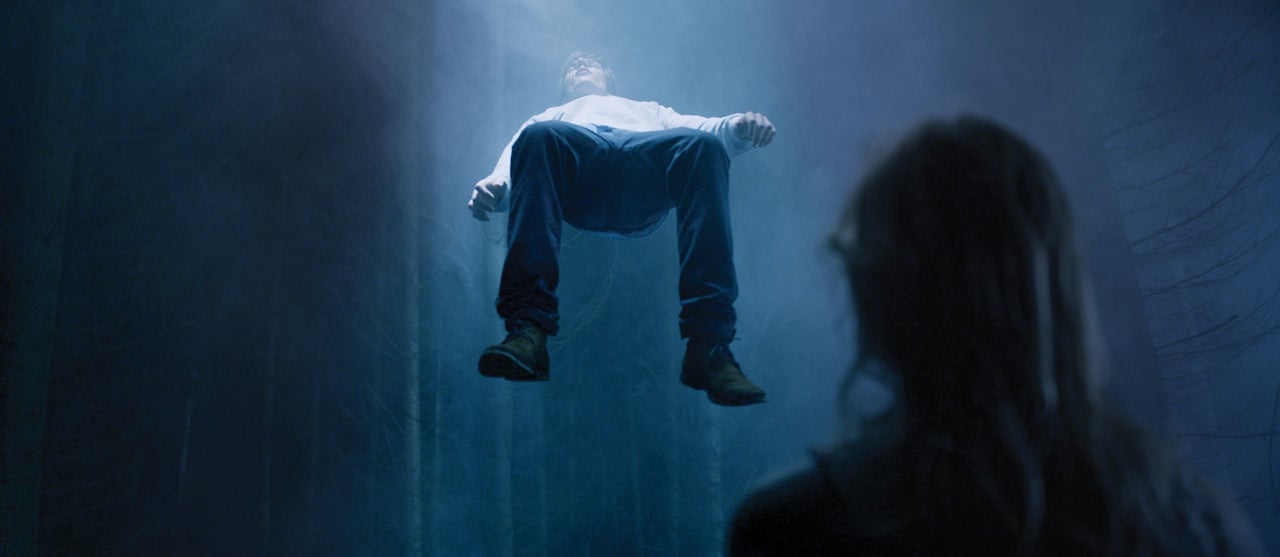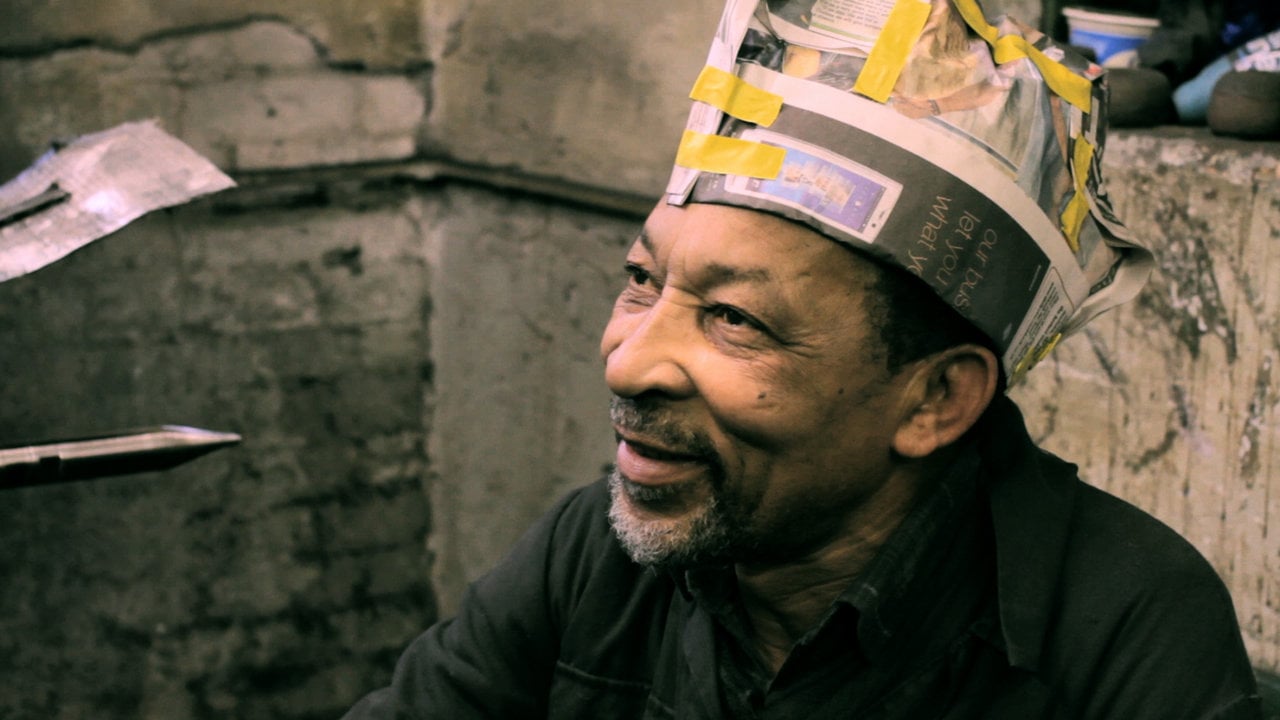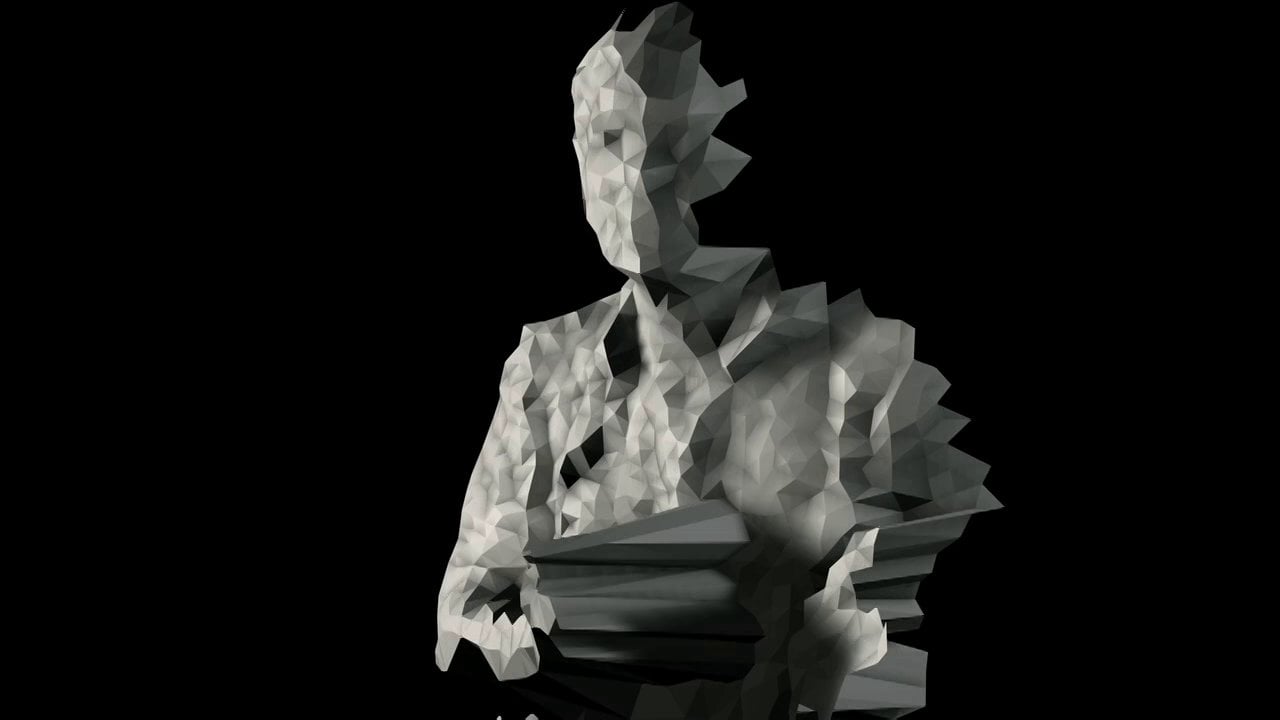A lot of your work features digital effects and then other pieces feel as if you’ve handcrafted them. Please tell us about your past training.
I studied Graphic Design Communication at Chelsea College of Art which has a great outlook on work where by we were not confined to any single medium to produce our work, but instead allowed and encouraged to use whichever medium worked best for an idea. This meant that I tended to work in film as often as I could, but within that I would often utilise other crafts. I built a silicone mask for one film which took up far more of the project time than I expected leaving me with just a day to make the film (which shows!), however the mask itself taught me a huge amount about that craft, and the other possibilities it could open up for other films. Digital art or design is something I’ve been involved in since I was about 15 and is automatically involved in my thinking when developing ideas.
When you’re not working on a commissioned project are you experimenting constantly and working on your own personal work?
I’m always working on my own work to some degree, however the majority of that work is conceptual, developing ideas or techniques and writing them down to develop later. I generally find that if it works in my head, I know it will work when I want to make it for real, and it helps massively to have ideas that excite you knocking around when a pitch for a new piece comes through.
We love your fashion film Up & Out for Nowness. Were you given a brief or did you come up with the concept as well? What were the main challenges of the shoot and production – and just how did you get the spot-on positions and editing to work so well?
A commissioner had seen a little test film I had shot which used the simple jump cut technique to transport the character from one place to another, and they were interested in having me write a treatment for a fashion film that utilised that concept. The initial treatment was really a completely different film from the one we ended up making, which became a far more light hearted tale.
The most challenging aspect of the film was that once it was shot, there was no way to change the pace or take out a shot afterwards because each shot linked onto the next, so pre-production, and getting a realistic storyboard down was really pivotal to making it work. The one thing we didn’t foresee was that time it would take to reset each shot, as the positions of everything needed to be as close as possible from one shot to the next in order for the effect to work. Once the film was made we then had the extremely difficult job of finding a soundtrack to a film that couldn’t be re-edited! But thankfully we found this great track by Scanners which suited the film perfectly and gave it the right feel and pace throughout.
You worked with Aaron Koblin on 3D data film as a visual effects editor – how did this collaboration come about and was it challenging process?
Over the last few years I’ve worked closely with Matt Rutherford who’s a director based in California. Most of that work has been motion graphics on commercials for major tech companies. He asked me to work on the Aaron Koblin film, and it was really the first time we were freed from a major client, giving me room to trial and experiment with new and interesting techniques.
I worked closely with James George and Jonathan Minard who developed the RGBD software. It takes the RGB data from a DSLR, and maps it onto the 3D data from an Xbox kinect. This allows you to create camera moves or add depth of field in post which would otherwise be impossible. Having direct access to the creators of the software meant that I was able to actually define things I wanted to do with the software, and James could work on the code of the program to make that possible. It meant we were able to triangulate the 3D models, and exports them as animations which I could then work into with other 3D software to create abstract images of Aaron ‘painting code’ in 3D space.
It was certainly a challenging project to work on, as the things we were doing hadn’t at that time been done before. Added to that, I was working in London, James was in Tokyo, Jonathan was in New York, and Matt was in California, so the only time we could all talk would be around 1am for me.
It was a great process though, and something I’m definitely interested to work on again and push further. The idea of filming something and being able to move around within that footage in post is fascinating, and largely untouched.
You’ve also made a straight forward documentary on the Chroming industry and you’ve managed to make what could have been bit of a dull subject really interesting. When did you make this and would you like to make more content films or does your heart lie in more experimental crafted effects films?
I made the chroming film in my 2nd Year at University. Kieron Dennis, the tutor who has been running the same project for several years, asked students to create a documentary about a business in Peckham. I think this sort of film is really the perfect training ground, where you have to dig to find elements that make something interesting or beautiful. Right now I’m most interested in directing films that explore interesting visual or conceptual ideas, however documentary based work is so accessible, and so rewarding that it’s certainly something I want to explore further too.
Will you carry on with your photography work alongside your film making?
I’d like to carry on exploring all kinds of mediums as well as photography, film and design. I think interactive design and also fashion are both things I would love to explore in one way or another, however I’m keen to let those come into play when the right idea or project comes along rather than specifically trying to make something in a certain medium. So I don’t mind if I go a few years between photography projects so long as I’m always creating new work and developing ideas that I can get excited about.
What part of the film making process do you like the most?
My favourite part is without doubt being on set and working with a group of people to bring an idea to life. The first film I directed with a proper crew was the music video for Gem Club which was also my final major project at university. The epicentre of the film was based around a slow motion sequence of a man ascending into light. As I was paying for everything myself we couldn’t afford to use wirework or green screen, so I had come up with the idea of using a trampoline instead which I could remove in post, and having our actor jump up and fall backwards on it.
It was about four in the morning, and the scaffolding holding a giant mirror above the trampoline had started to bow under the weight. No one was sure the effect was going to work, and you had 20 people standing around a monitor in the cold, all working for no money, simply there to try and make an interesting little film. Seeing that shot played back, you could straight away see how great it was going to look, moments like that are without a doubt my favourite thing.
When did you start making films?
I was obsessed with films from a very young age but never really saw it as something I would be able to do myself. Whilst in college I studied art, and moved from drawing and painting, to digital art, and then graphic design. I realised that I really wanted to make moving image but couldn’t afford to buy a video camera at the time so I ended up making animated films which combined my photography and digital art. It wash’t until I got into university that I actually picked up a video camera and made a film with real people, but all the elements were there from the work I had been doing in college, and it felt like a natural progression.
What is the most important thing you’ve learnt about film making since you started?
For me the most important thing is preparation. Getting a storyboard and animatic of the film, however rough, is really pivotal to my way of working because it allows you to in some way to see and tweak the film before anything is physically made and works as a great tool when trying to communicate how a shot should look to the people you’re working with. I would much rather have the film planned out and made in my head before anything is shot than trying to make a film work in the edit.
LINKS
















